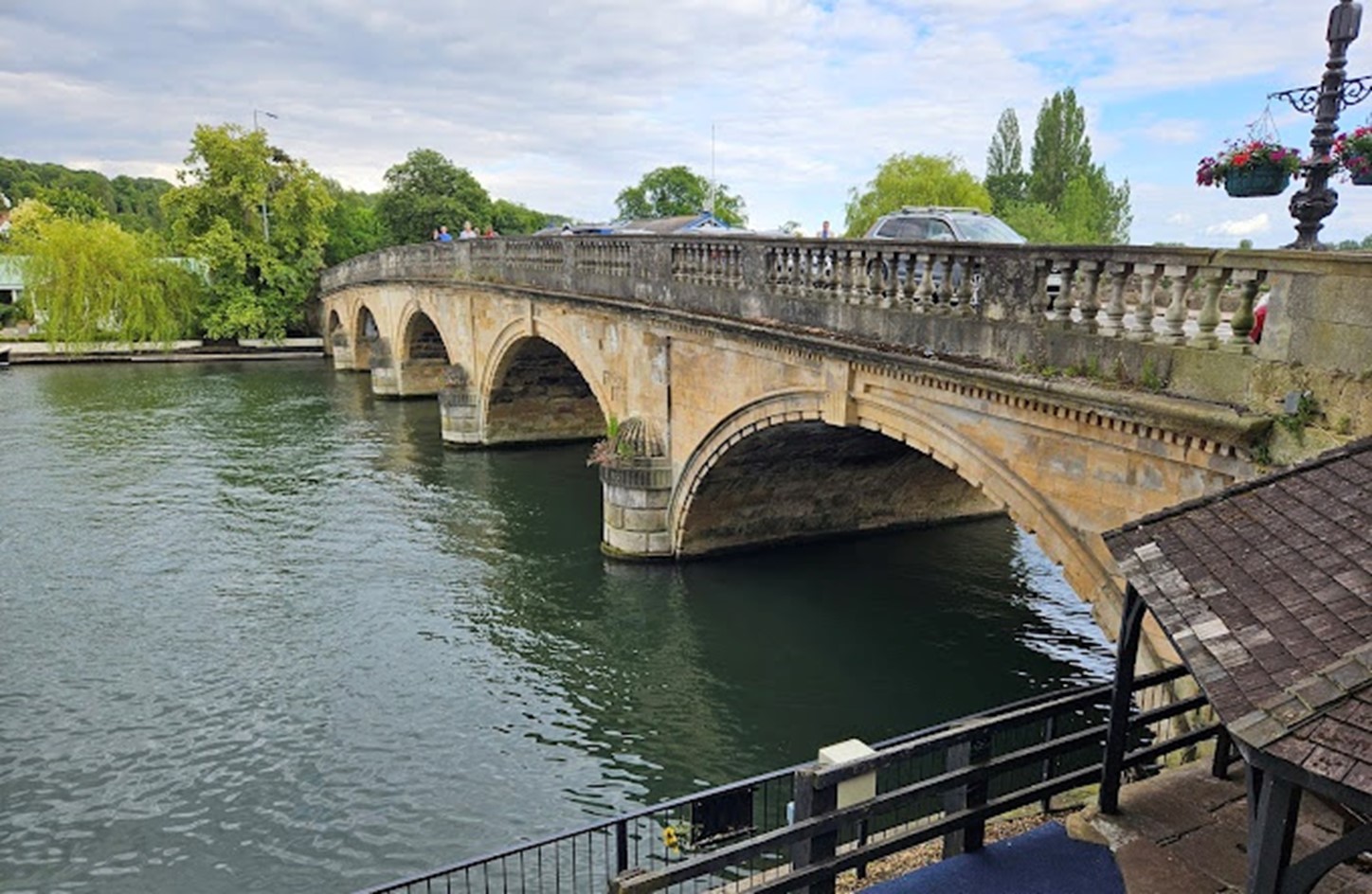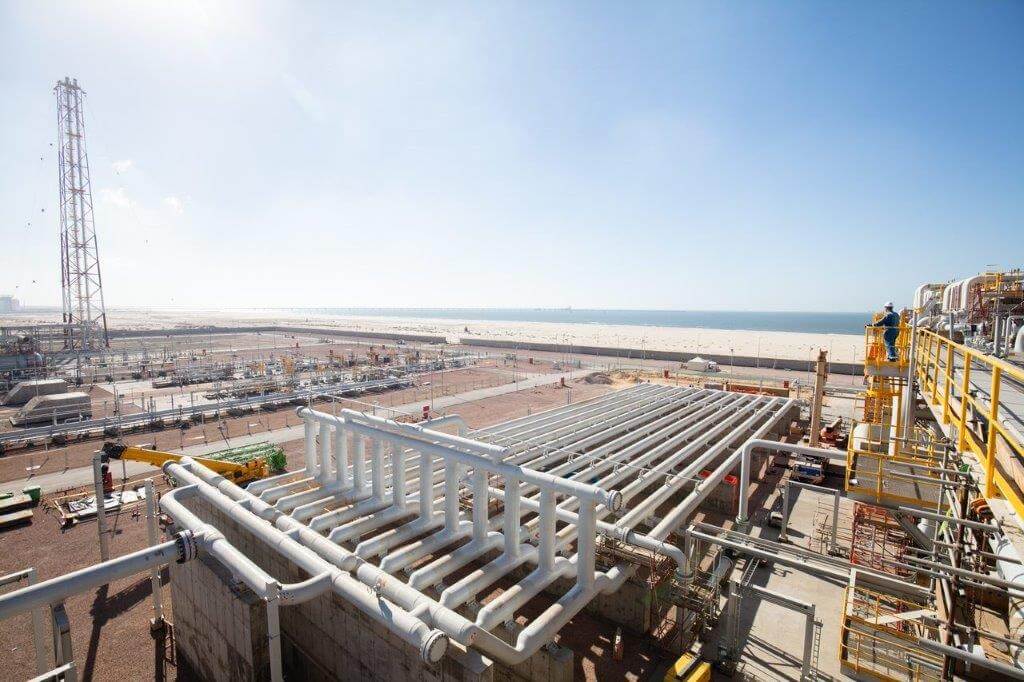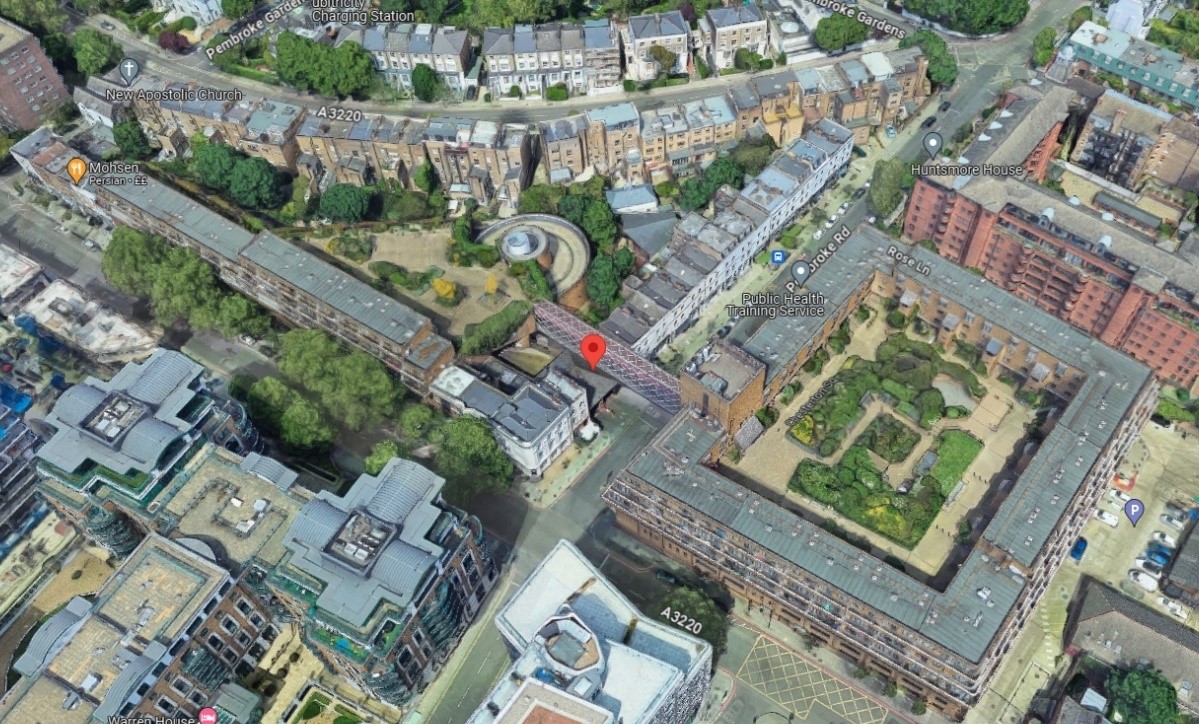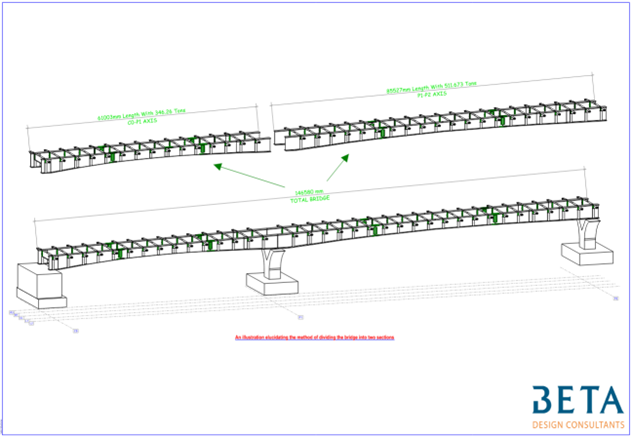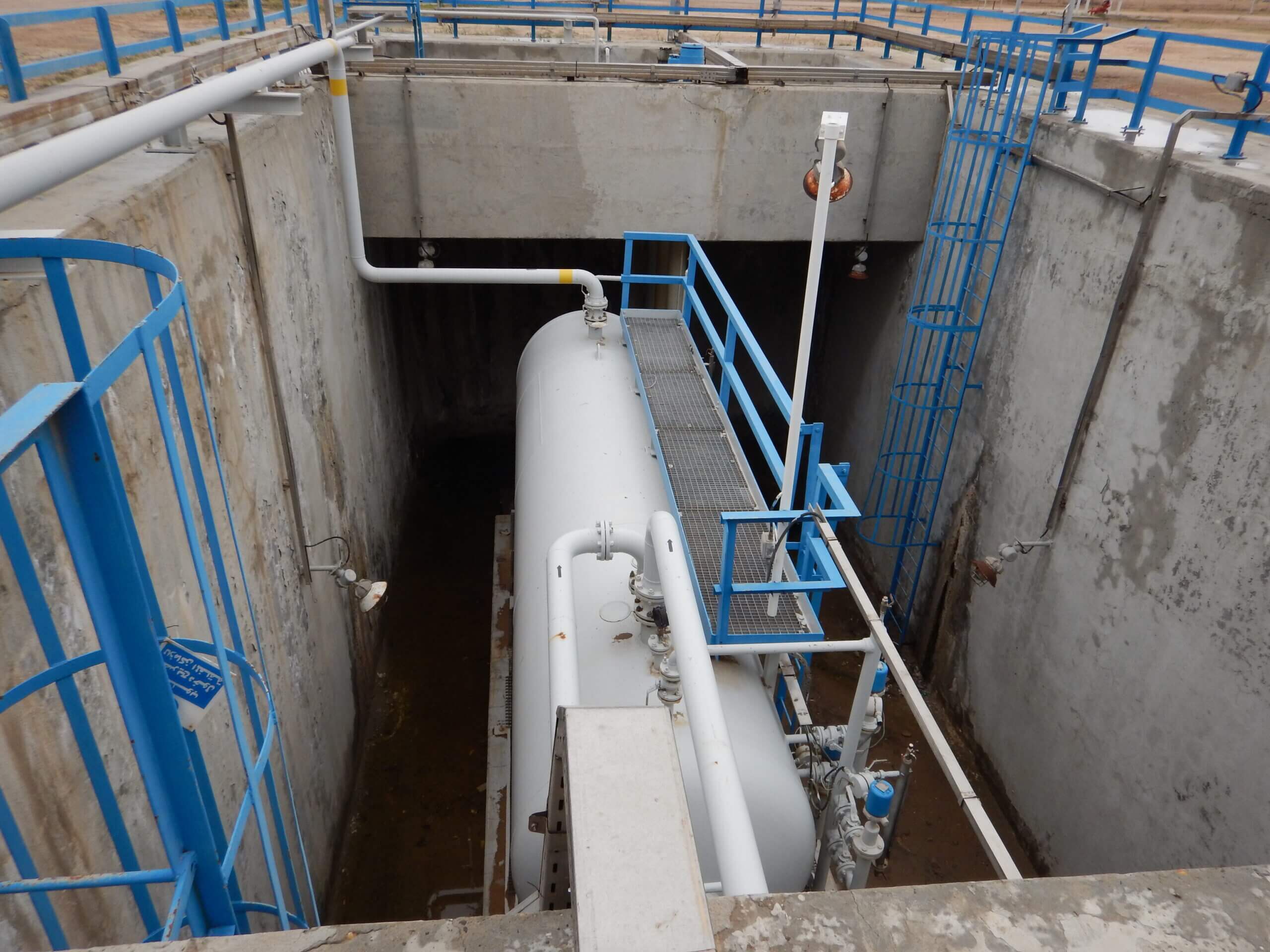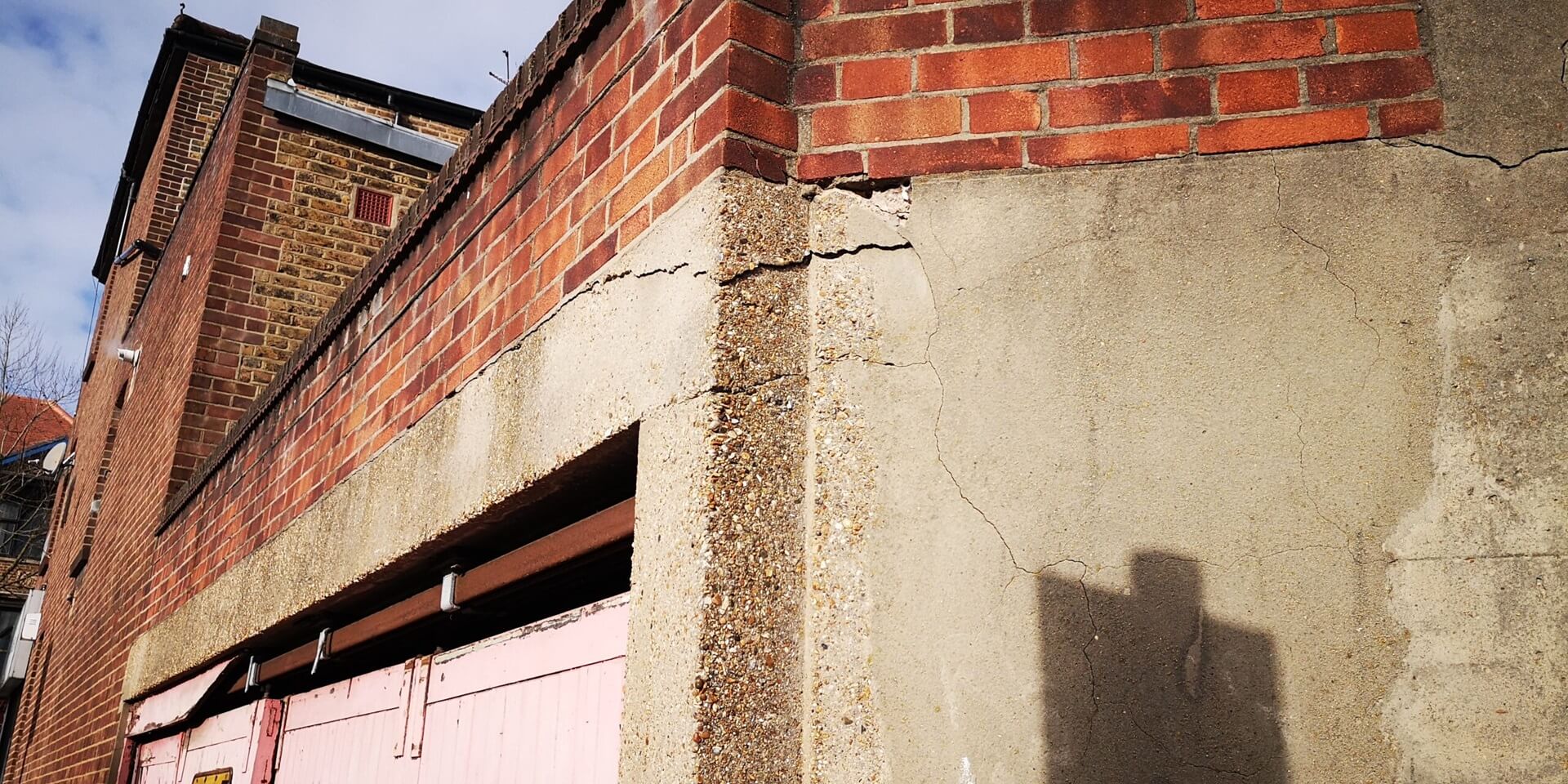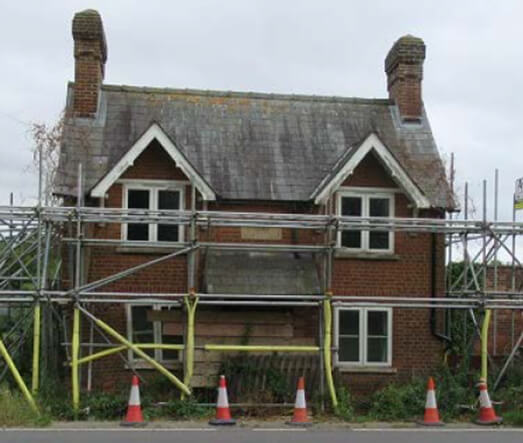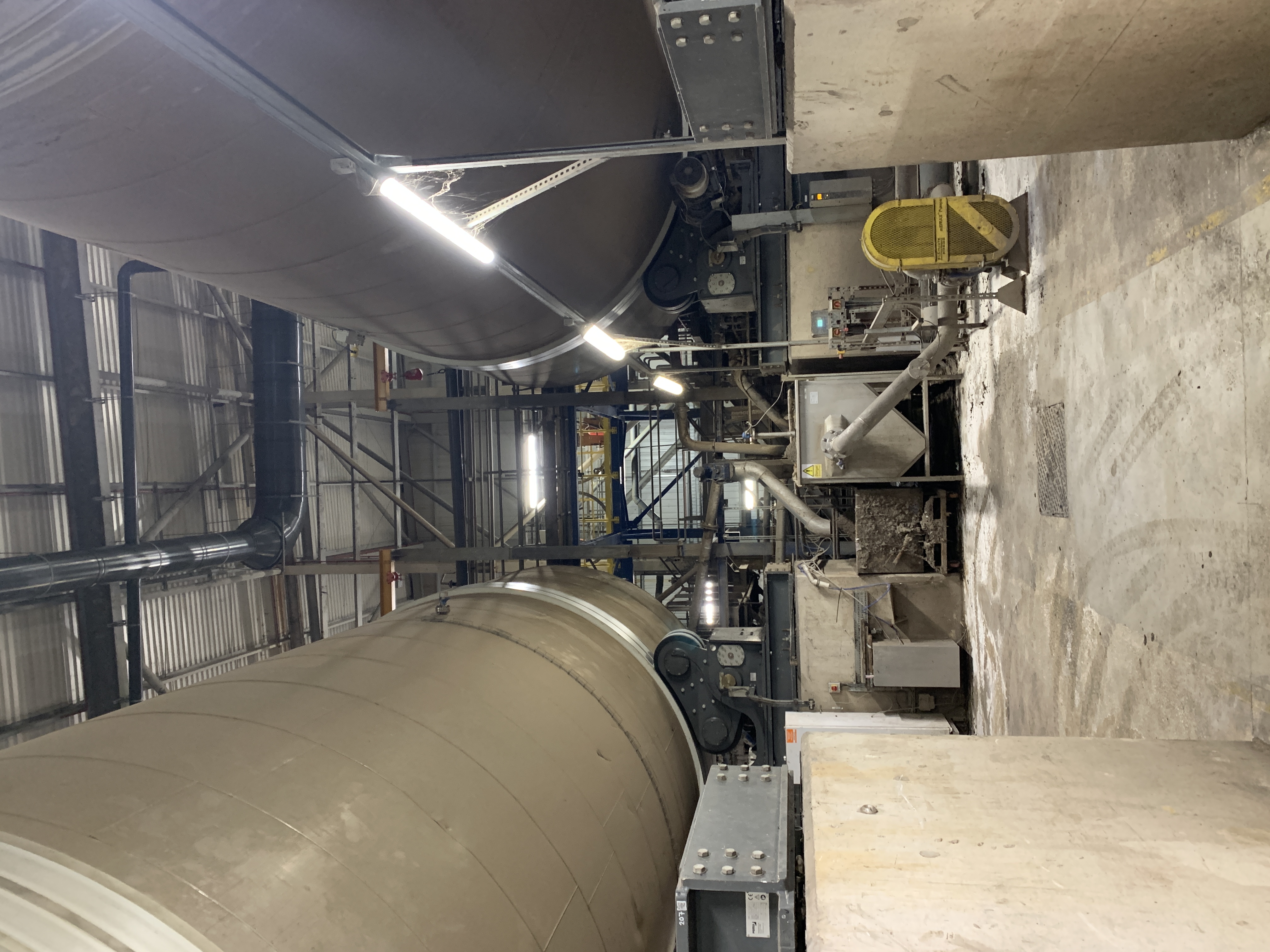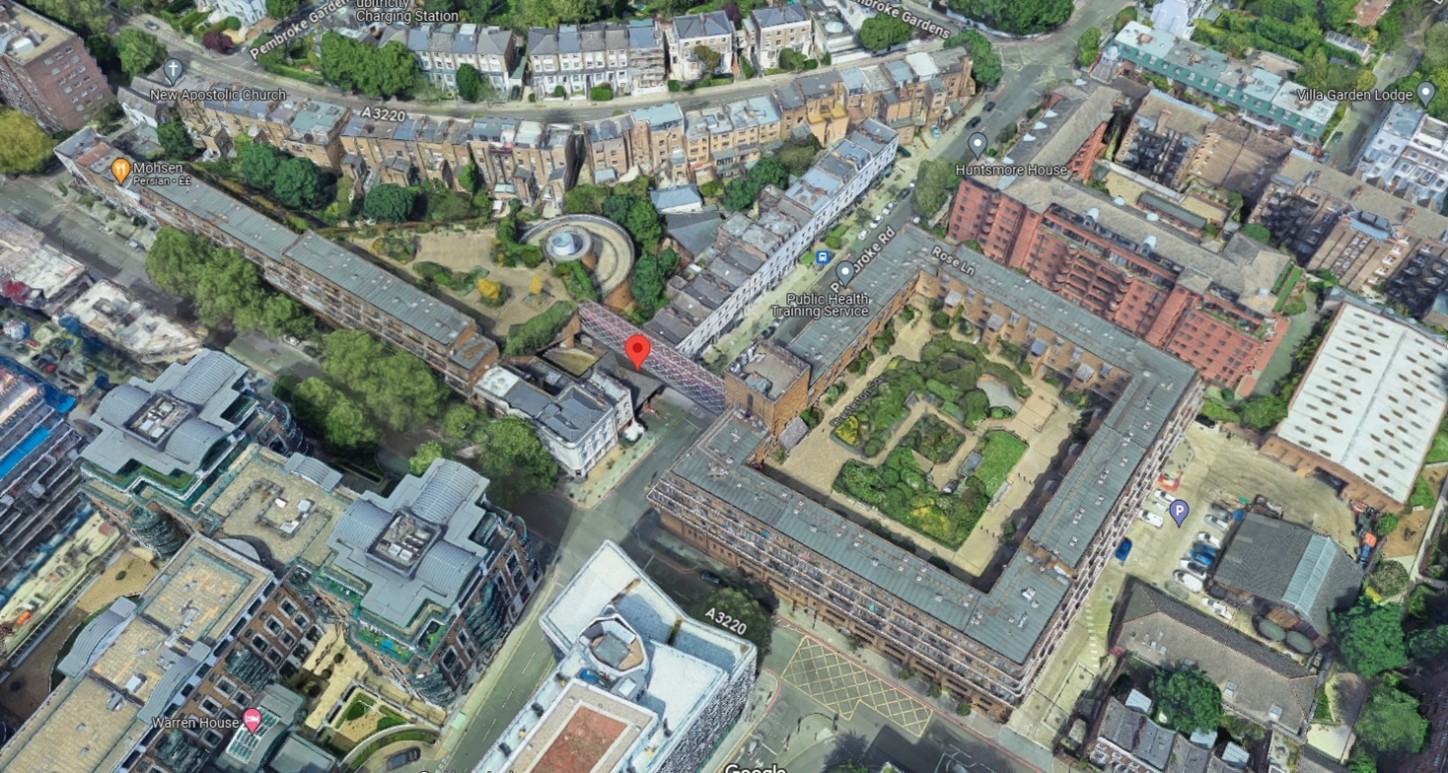Structural Assessment of Henley Masonry Arch Bridge
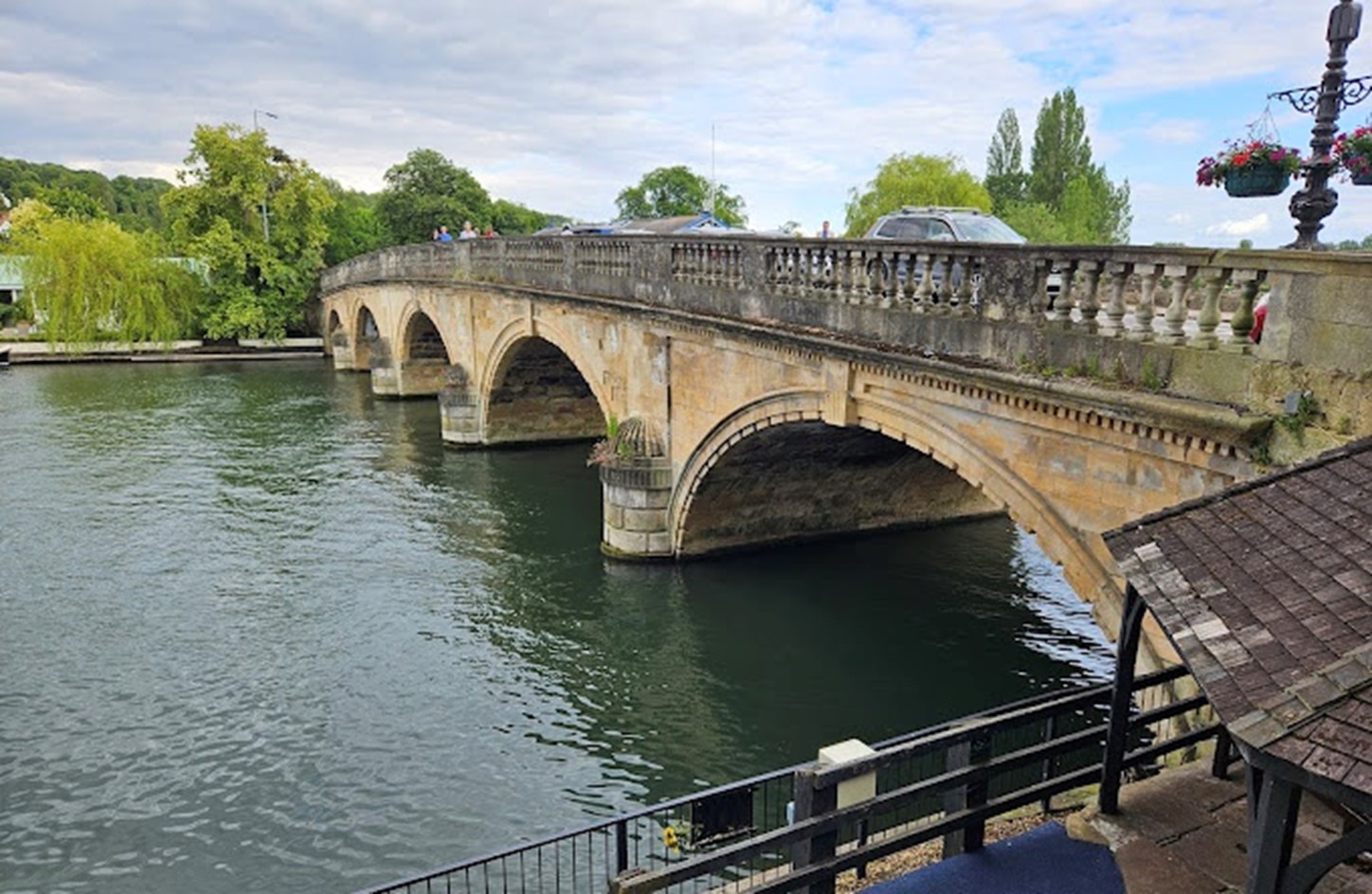
Background
Henley Bridge, a historic landmark dating back to 1786, is also a key artery as it supports a pivotal transport link. Henley Town Council requested structural advice regarding the bridge’s ability to handle the increasing load of large vehicles, particularly with the simultaneous passage of three 44-tonne lorries. As Beta Design Consultants (BDC), our scope was to carry out a principal inspection and then conduct a structural assessment to establish the current structural capacity of the stone masonry arch bridge. The scope included a review of existing reports and inspections, and provide high level recommendations on suitable improvements, if necessary.
Scope of Work
The key elements of Beta appointment include:
- Review and Analysis of Existing Structural Reports and Previous Inspections:
Henley Town Council has provided a 2012 assessment of the bridge's load-carrying capacity, as well as inspection reports from October 2020 and July 2022. We reviewed these documents to understand the bridge’s historical load capacity and any relevant findings regarding its condition, including stonework repairs and localized damage from boat impacts.
- Traffic Impact Assessment:
We analysed recent traffic data, particularly from Remenham Parish Council’s report showing nearly 41,000 long vehicles passing through Henley in February 2023. Our team assessed how the current volume and weight of HGV traffic impact the bridge and whether the bridge would support multiple 44-tonne lorries crossing simultaneously.
- Principal Inspection:
We prepared the RAMS and Temporary Traffic Management planning to allow a PI inspection to take place. The underwater inspection was deemed to be not required at the time by the client.
We visually inspected the arch structural elements, protection and durability elements. In particular we inspected the arch for any signs of movement or settlement. All defects were captured including any loss in mortar or stonework.
- Structural Assessment of Load Capacity:
The core of our task was to evaluate whether Henley Bridge can withstand the current and future loads in accordance with the CS 454 Assessment of highway bridges and structures.
- Used current traffic data and he 2012 assessment to estimate the impact of HGVs on the bridge.
- Reviewed findings from recent inspections to identify any potential structural concerns that might affect the bridge's capacity.
- Conducted calculations and simulations to determine the structural integrity of the bridge under current conditions.
- Conceptual Design for Structural Enhancements:
Based on our assessment, we developed a conceptual design for strengthening Henley Bridge to support the increasing traffic loads. The design included:
- Material Selection and Structural Elements: Recommendations for potential reinforcement, such as use of saddle slabs, replacement of fill to enhance the bridge’s load-bearing capacity.
- Retrofit Solutions: Design solutions to address any weaknesses identified in the bridge, ensuring it can handle the current and future traffic volumes.
- Integration with Heritage and Environmental Considerations: Ensuring that the proposed design complies with heritage and environmental regulations, given the historic nature of Henley Bridge.
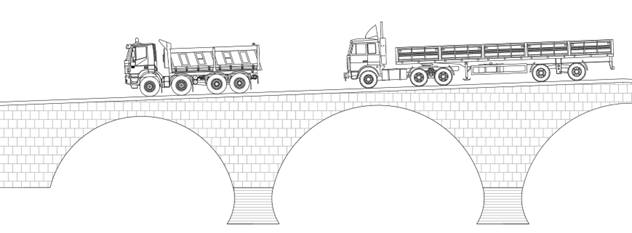


Methodology:
Our approach followed these key steps to ensure a comprehensive analysis and conceptual design:
- Data Review and Analysis:
- Reviewed of the 2012 load-carrying capacity study, 2020 principal inspections, and 2022 general inspection reports.
- Analysis of traffic data, especially focusing on the increased number of heavy goods vehicles.
- Structural Assessment:
- Performed calculations to determine if the bridge can support multiple 44-tonne lorries, taking into account both the frequency and load of current traffic.
- Evaluated the impact of localized damage and any potential structural issues that may affect the bridge’s load capacity.
- Conceptual Design Development:
- Developed conceptual designs for structural improvements, such as reinforcement using steel straps.
- Ensured the design is compatible with the bridge’s historic status and complies with local heritage regulations.
- Cost and Phasing Analysis:
- Estimated the costs for structural upgrades and provide options for phasing the work to minimize disruption while ensuring the bridge’s long-term safety and integrity.
Experience
Beta Design Consultants has a strong track record of successfully managing and delivering complex structural engineering projects, particularly in the infrastructure and public sector. Our expertise in inspecting bridges and carrying out structural investigation, is combined with our experience in assessing conditions and proposing practical solutions. This supports our client’s vision by enabling them to deliver cost-effective refurbishments based on carefully planned budgets and programs. This has made us a trusted partner for projects of this nature.
